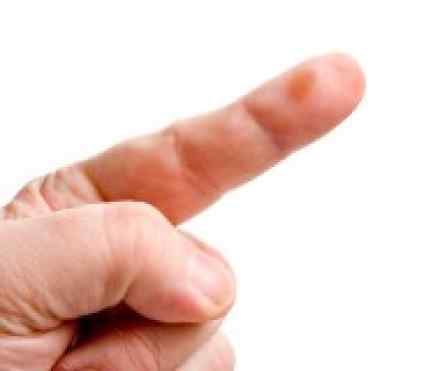
What is it?
- Chilblains is a painful inflammation of small blood vessels in your skin responding to sudden warming from cold temperatures. Also known as pernio, chilblains can cause itching, red patches, swelling and blistering on extremities, such as on your toes, fingers, ears and nose.
- Chilblains usually responds well to treatment and clears up within 14 days. Treatments typically consist of lotions and medication. While it doesn't usually result in permanent injury, chilblains can lead to severe damage if left untreated.
- The best approach to chilblains is to avoid developing it by limiting your exposure to cold, dressing warmly and covering exposed skin.
Symptoms
Signs and symptoms of chilblains usually include:
- Small, itchy red areas on your skin
- Possible blistering
- Inflammation of your skin
- Burning sensation on your skin
- Swelling
- Changes in skin color from red to dark blue, accompanied by pain
- Possible ulceration
Causes
Chilblains is usually the result of an abnormal reaction of your body to cold. It tends to develop on skin that's exposed to cold and is then warmed too quickly, such as by warming your hands directly in front of a heater or fire. This cooling and rapid heating can cause small blood vessels under your skin to expand more quickly than nearby larger blood vessels can handle, resulting in a "bottleneck" effect and the blood leaking into nearby tissues. Exactly why this occurs in certain people is unknown.
Risk factors
- Because chilblains is a reaction to cold, any exposure of skin to cold weather may be risky.
- Ironically, chilblains is less likely in colder and drier countries because the living conditions and clothing used in these climates are more protective against cold. Chilblains may result from or be aggravated by unusual pressure on your skin, such as tight shoes or a bunion on your foot.
- People with poor circulation or who are overly sensitive to changes in temperature are more susceptible to chilblains. Women are more likely to get chilblains, though why is not known.
Complications
Chilblains may cause complications if your skin blisters. If that happens, you may develop ulcers and infections. Besides being painful, infections are potentially life-threatening if left untreated. See a doctor if you suspect infection.
Treatments and drugs
Treatment options for chilblains include:
- Corticosteroid creams. Topical corticosteroids can help relieve itching and swelling.
- Blood pressure medication. A blood pressure lowering drug called nifedipine (Adalat) is sometimes used to treat the cause of chilblains, since it can help open up blood vessels.
- Infection prevention. If your skin has broken, treatment also includes cleaning and protecting your wounds to prevent infection.
Lifestyle remedies
Chilblains usually clear up after one to three weeks. In the meantime, you can take steps to ease your symptoms, including:
- Keeping your affected skin warm, but away from sources of heat
- Using lotions to alleviate itching and swelling
- Making sure the affected skin is cleaned with an antiseptic to prevent infection
- Avoiding scratching
Alternative medicine
Vitamin D has sometimes been used to treat chilblains, but recent research suggests that this therapy doesn't work.
Prevention
To prevent chilblains, avoid or limit your exposure to cold. Follow this advice:
- Dress in warm layers of clothing.
- Cover all exposed skin when going outside in cold weather.
- Make sure you keep your hands, feet and face warm.
- Keep your home and workplace comfortably warm.
If your skin is exposed to cold, it's helpful to rewarm it gradually, since sudden rewarming of cold skin may worsen chilblains.
References:
http://www.nhs.uk/conditions/chilblains/Pages/Introduction.aspx
https://en.wikipedia.org/wiki/Chilblains
http://patient.info/health/chilblains
http://www.hse.ie/eng/health/az/C/Chilblains/
http://www.dermnetnz.org/reactions/chilblains.html

